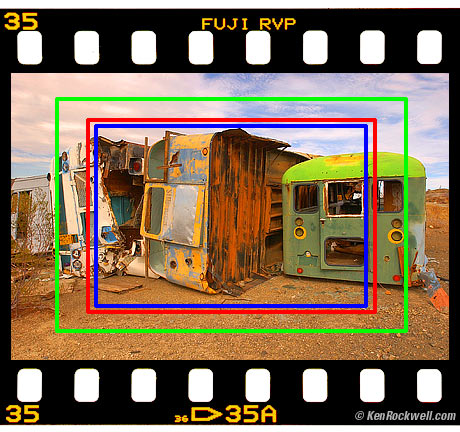Ok now from reading all your replies, it seems like it doesn't necessarily mean that getting a FE would solve the crop factor issue.
That getting a FE, the pics would still be fisheye regardless, but it's just slightly cropped towards the centre?
So it doesn't mean by getting a FE, the lens would be a normal on my camera without the FE effect just because of the 1.6 cropped body? Am I right?
But for normal wide angles, the lens does in fact become less wide because of the crop body? Is there a way to counter this? By getting something that is not FE but wider than 10-22mm?
A fisheye lens is a lens that does not have the corrective optics to make it rectilinear (ie. straight lines corrected to look straight)
There are 35mm format and APS-C fisheye lenses.
As mentioned above, using a 35mm format fisheye lens on APS-C body, image is cropped and it becomes less of a fisheye.
An APS-C fisheye will retain its fisheye 180degree FOV.
Even when cropped, it does not take away the fact that the fisheye lens does not have the corrective optics. So it will be less rectilinear than a corrected lens.
You can use a distortion correction software to correct this distortion, but in the end you loose picture quality and crop away some more of the photo.
Its not correct to say that a wide lens becomes less wide on a APS-C body.
The widest lens on 35mm format is 12mm (12-24mm)
The widest lens on APS-C format is 12mm (Sigma 8-16mm = 8*1.5 = 12mm)
If you used a 35mm format lens on APS-C body your same 12mm lens becomes 18mm
If you used the APS-C lens on a 35mm format body you get get vignetting since image circle is less than 35mm format.
In summary :
1. You want rectilinear or don't care? - ie. Rectilinear = non-fisheye UWA (10-22; 10-20; 12-24, etc); Don't care = either
2. You absolutely need 180deg FOV? - If yes, likely the fisheye. With UWA lens you need to do a panoramic stitch
3. If you want the widest rectilinear lens the Sigma 8-16mm is the answer. Else any of the UWA zooms that goes to 10mm (eg. 10-20mm);
Don't worry about possibilities of going wider and such. Since not possible unless you are ok with the distortions of a fisheye lens.



